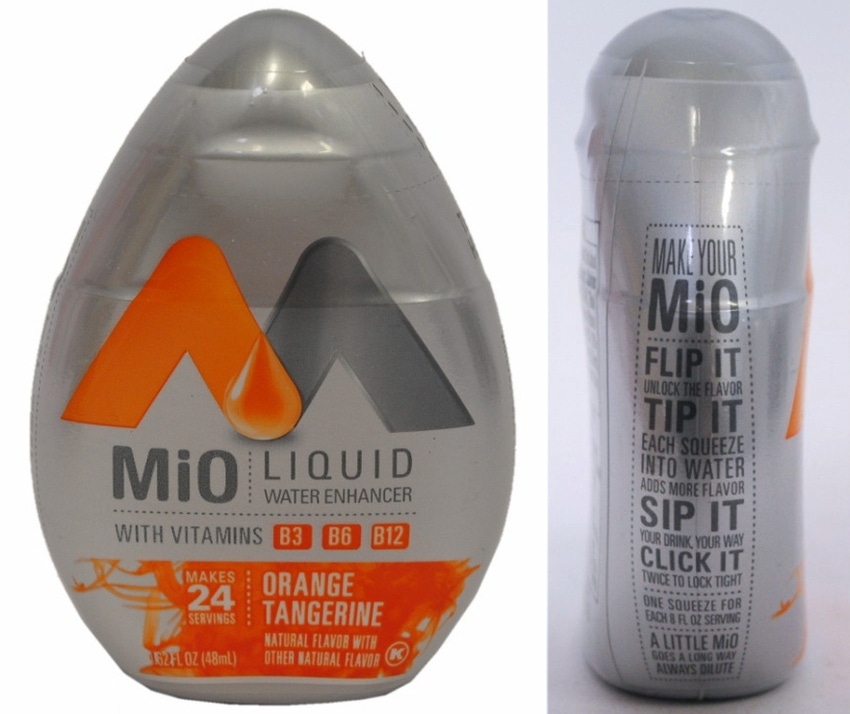Packaging to brand marketers and consumers: Can you hear me now?
August 14, 2014

The philosophical “if a tree falls in the forest…” question notwithstanding, sound can be very subjective. When your baby cries at night, you want to hear it. When someone else’s baby cries on an airplane, no one wants to hear it.
But when it comes to packaging, an audible snap, crackle, click or pop generally contributes positively to the overall user experience. Yes, we all know the difference between sound and noise when it comes to the packaging of salty snacks, so there’s no need to sound off here about it again!
Most often in packaging, sound is associated with a positive reinforcement cue, such as a signal of freshness upon opening, that a pre-determined dose has been measured or perhaps that a bottle of medicine or jug of harmful household cleaner is securely closed and our little loved ones are protected.
In Mintel’s 2014 US Food Packaging Trends reports, reseal ranks second only to freshness as a most desired consumer attribute. In fact, 92% of primary or shared shoppers indicate a product that retains freshness is the most important food packaging feature, and 82% indicate resealable or reclosable packaging is most important. Sound can be a significant contributing factor to reinforcing both freshness and positive reseal.
Sound as an intentional mutli-sensory marketing cue has come a long way since the days of the iconic Tupperware “burp” or even the more “Once you pop, you can’t stop” tagline that become the calling card of the groundbreaking design of the Pringle’s chip cylinder.
According to sensory marketing expert Prof. Charles Spence of the Crossmodal Research Laboratory at Oxford University, using auditory cues with food packaging can enhance the user taste experience by as much as 20%.
Recently, such new product launches as Kraft’s MiO, have used sound as a positive reinforcement mechanism. In the case of MiO, on-pack instructions directed consumers to “Flip It, Tip It, Sip It, Click It” …the final instruction directly consumers to listen for a “double-click” sound. The first click of the lid closed the diminutive container. But the second click was reassurance that the container was sealed, thus ensuring the brightly colored, free-flowing water flavoring syrup wouldn’t leak when placed in a pocket, purse or backpack.
Sound is increasingly being used to convey value through product preservation. Packs that help ensure food safety by incorporating audible cues that signal food packs, particularly in such deli categories as processed meats and cheeses, are becoming increasingly commonplace, but are no less valued by both brands and consumers for their ability to extend shelf life.
In Australia, Fonterra employs a clamshell with a positive reseal flip-top lid for its Mainland brand of Colby cheese slices, which it called out as a “Click & Lock” feature on the front of the pack (left in photo). In Mexico, Sigma Alimentos pioneered an audible snap-top lid for deli meats, for which it earned a Silver Award in DuPont’s 2014 Packaging Innovations competition (right in photo).
Taking the auditory packaging cue to yet another level, Snapsil, a revolutionary one-handed dispensing pack, is bold enough to incorporate the word “snap” directly into the brand conversation. Using a proprietary vacuum-forming process and a unique flexible packaging lidding film, Snapsil emits a clear “snap” sound when the consumer breaks the pack along pre-designated scores. Snapsil’s inaugural market application is the Fountain brand of single-serve condiments in Australia.
Author David Luttenberger is the global packaging director at Mintel. He has 24 years’ packaging experience. He can be reached at [email protected]. You can follow him on Twitter at @packaginggeek.
About the Author(s)
You May Also Like


